
Peoples and Languages
Social Media
Leave comments, suggestions, keep an eye on news in our groups on VK, Odnoklassniki and Telegram channel
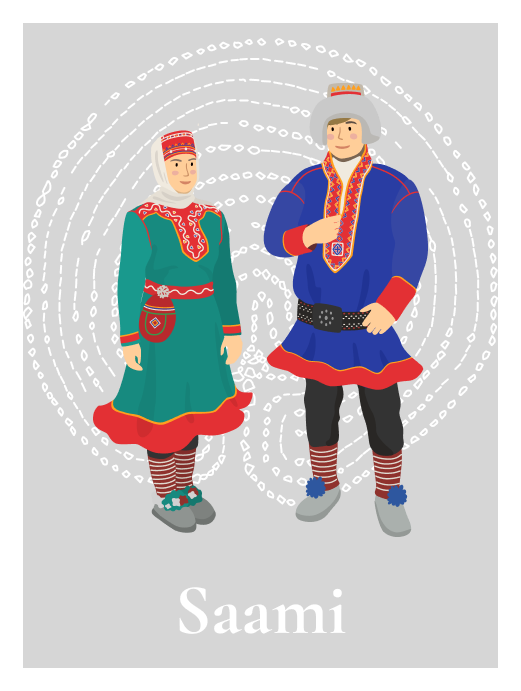
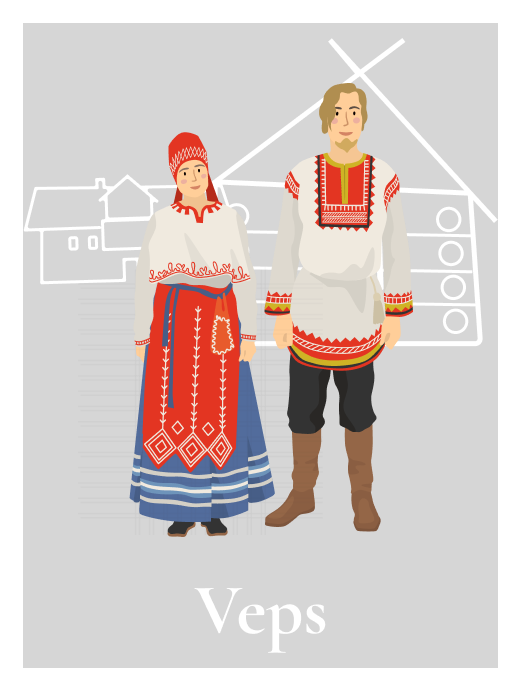
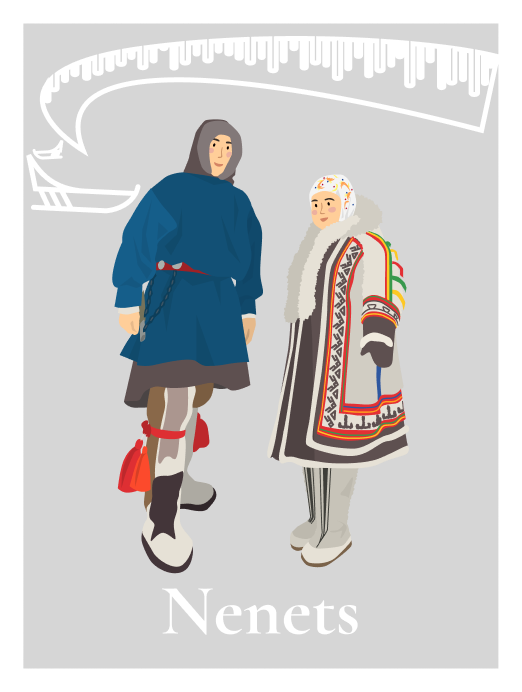
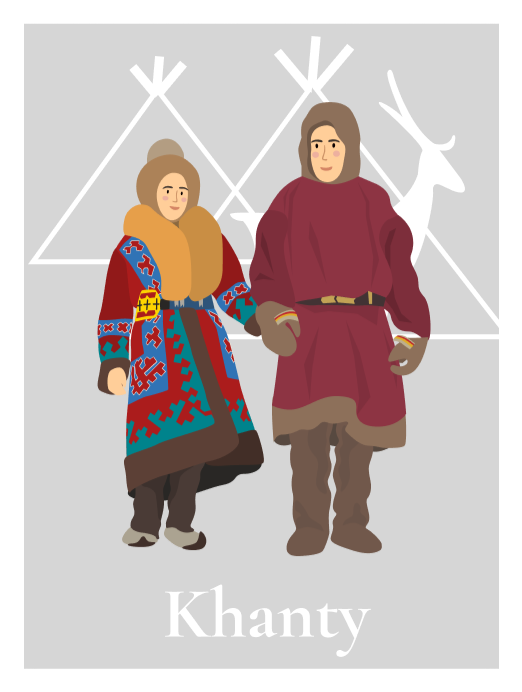
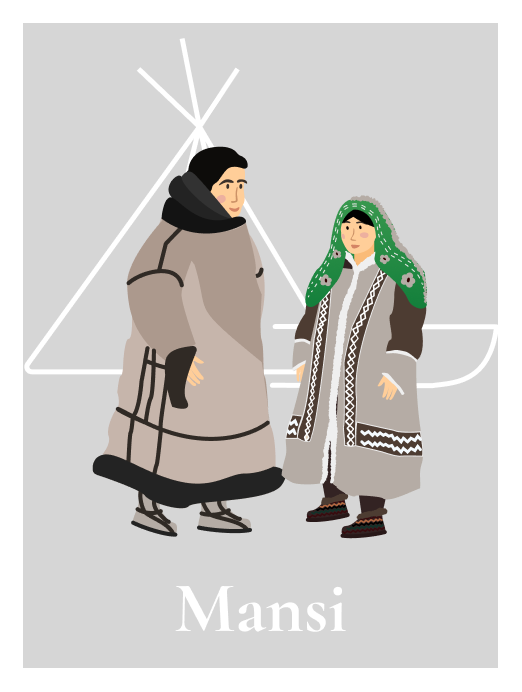
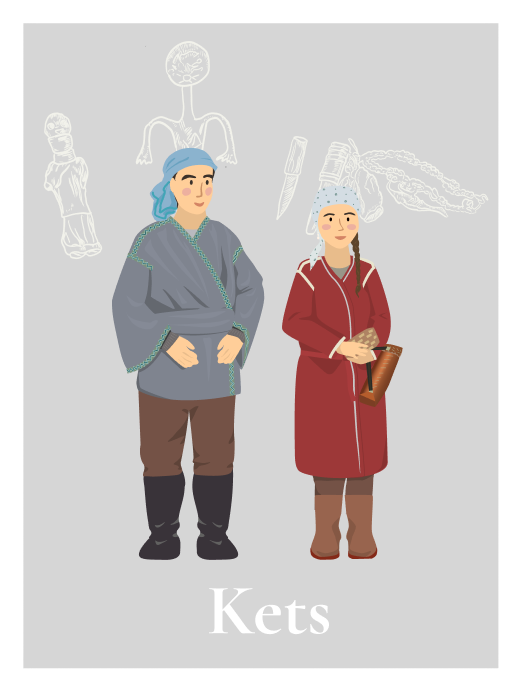
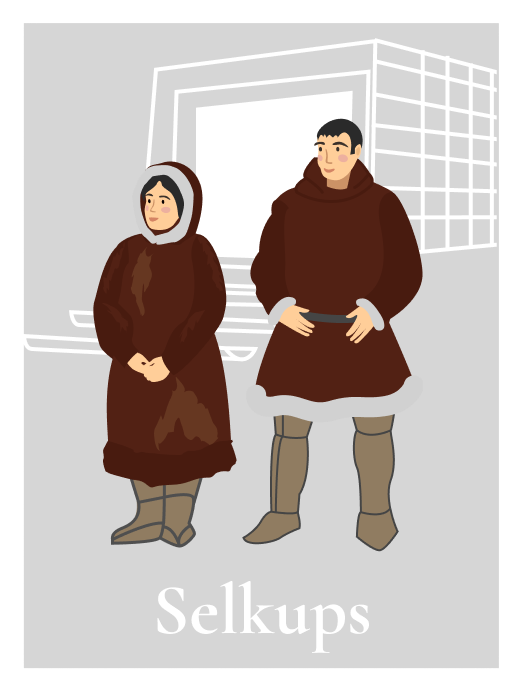
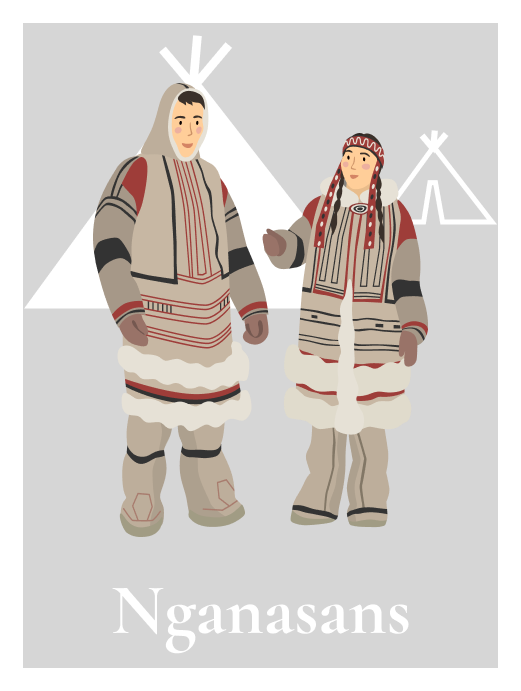
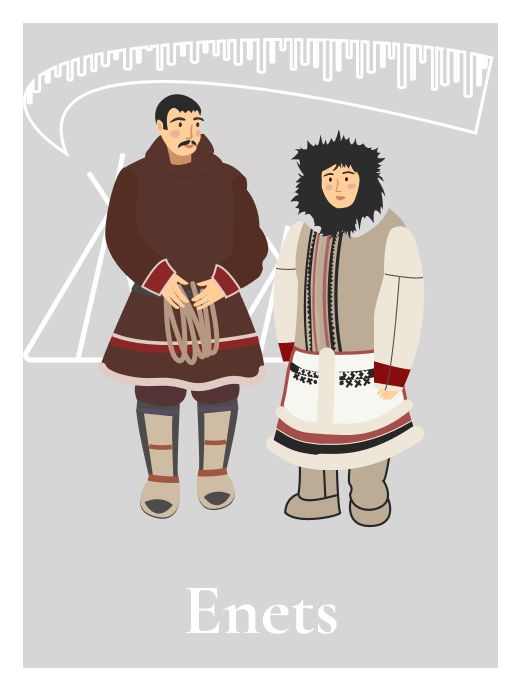
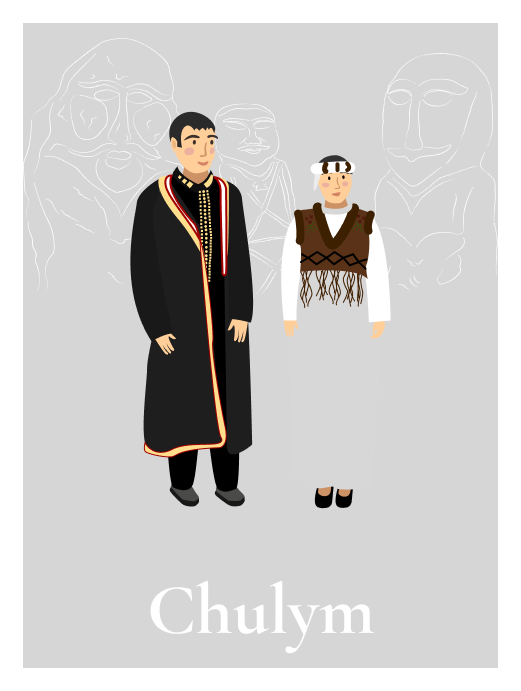
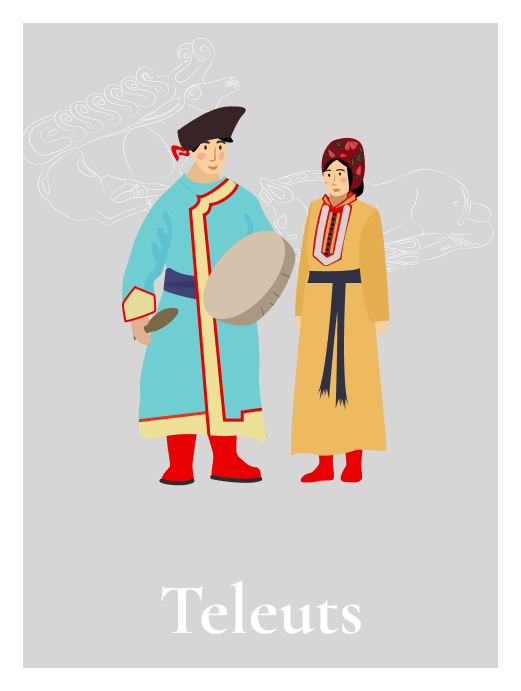
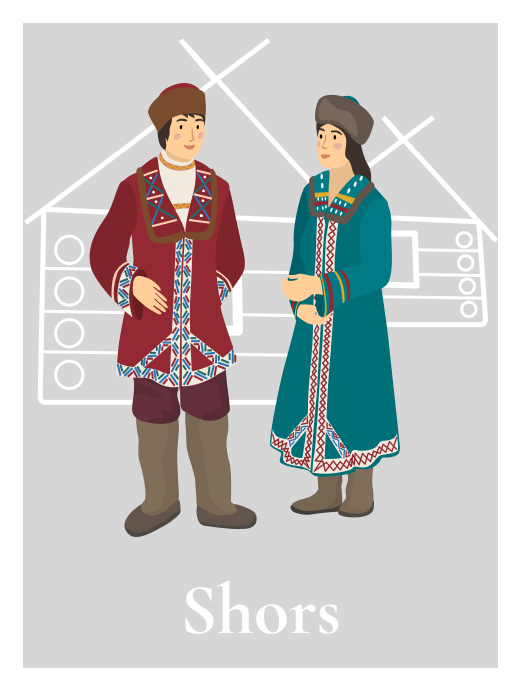
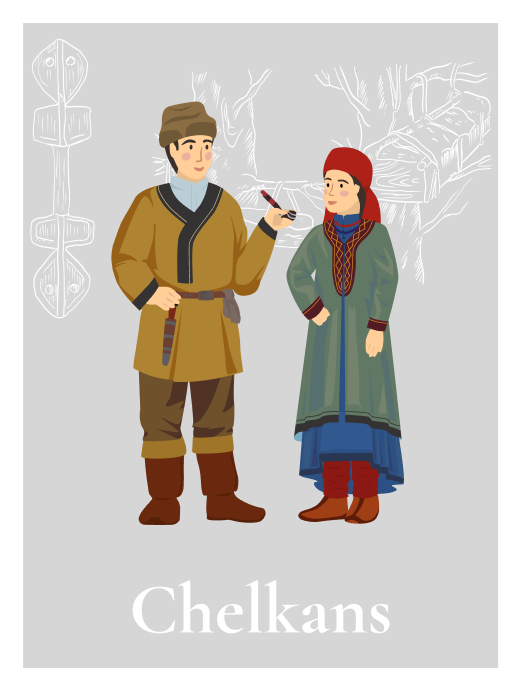
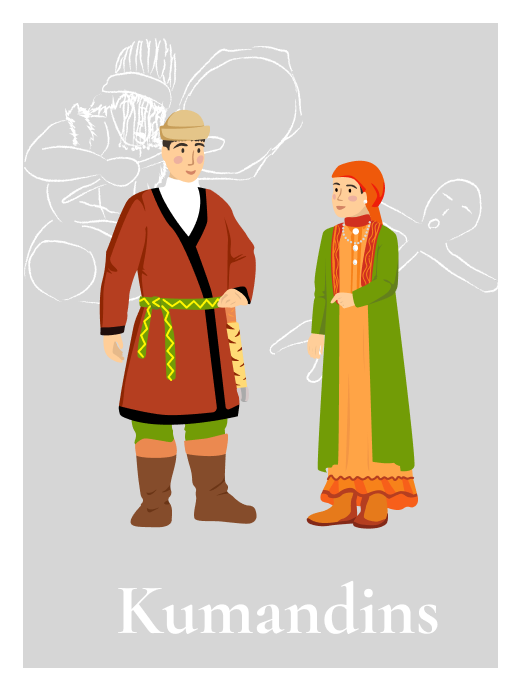

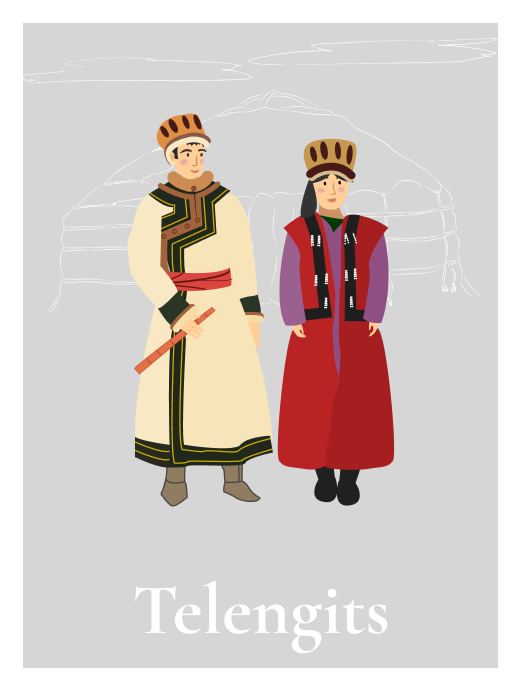
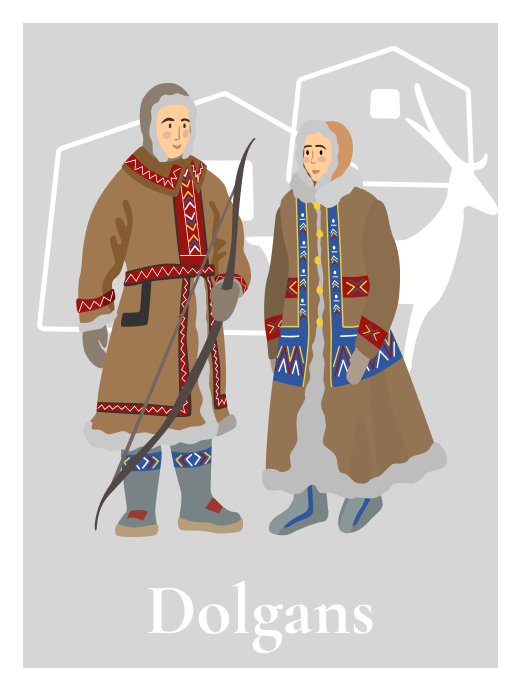

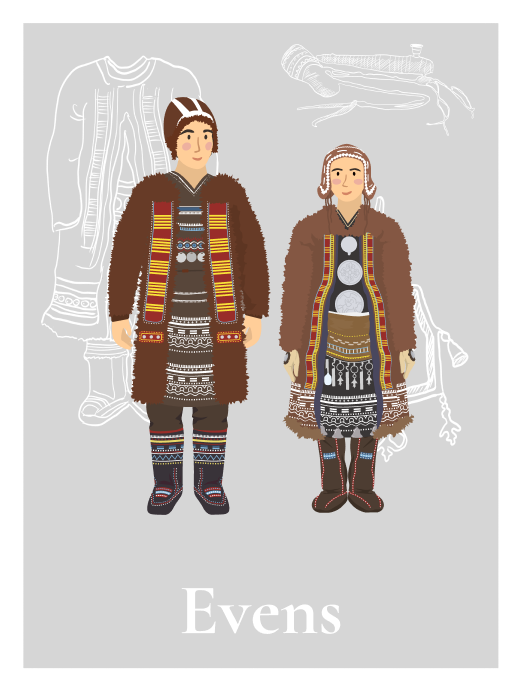
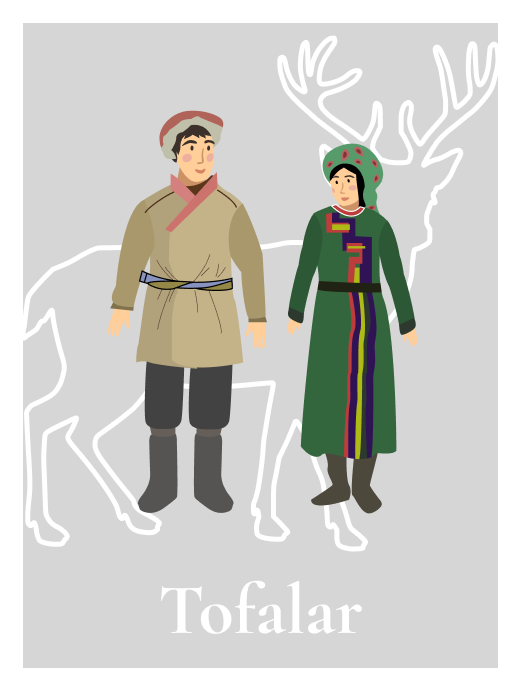
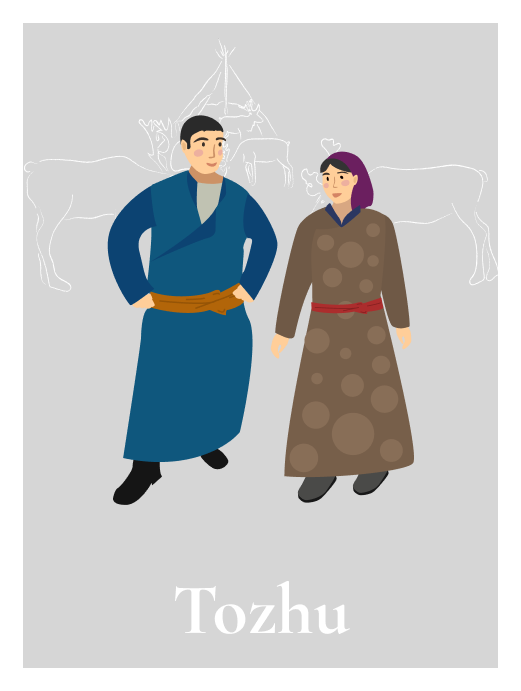

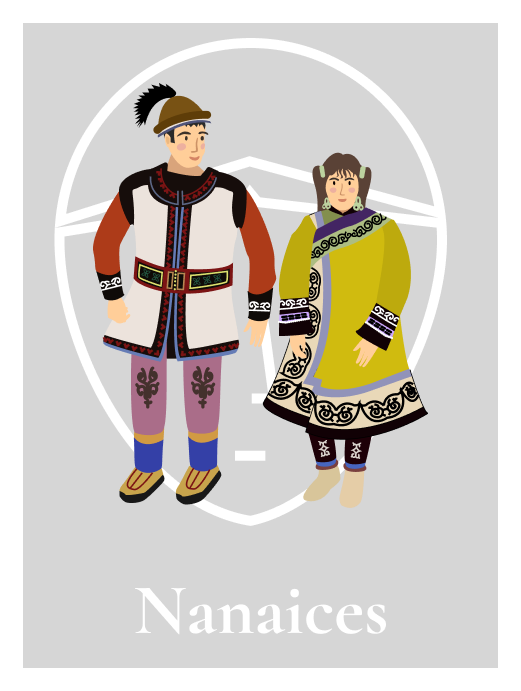
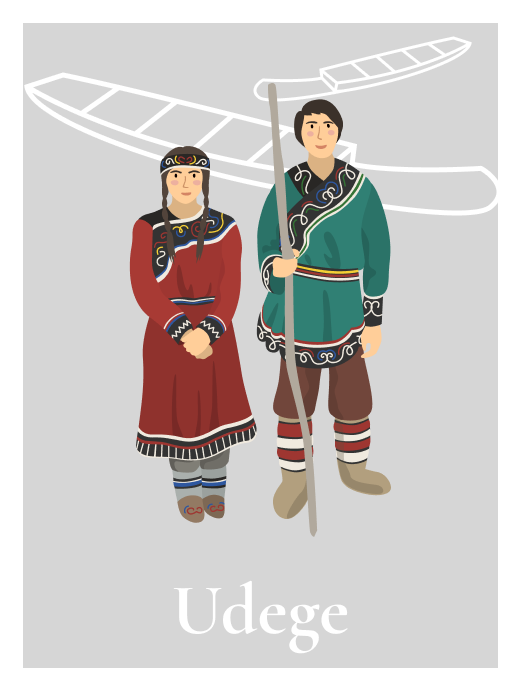
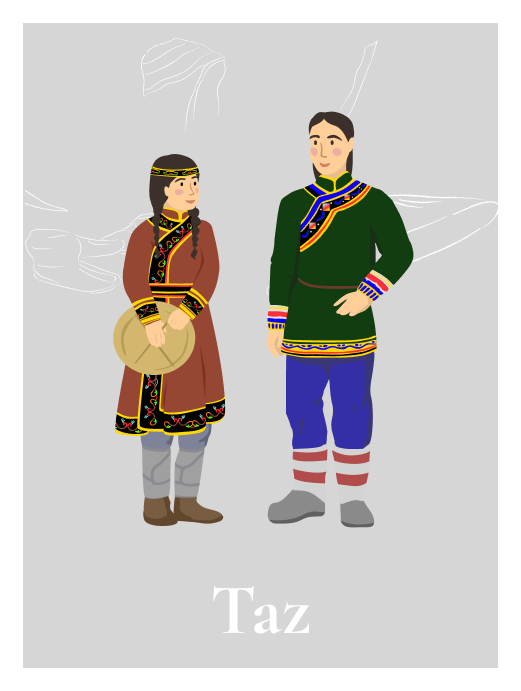


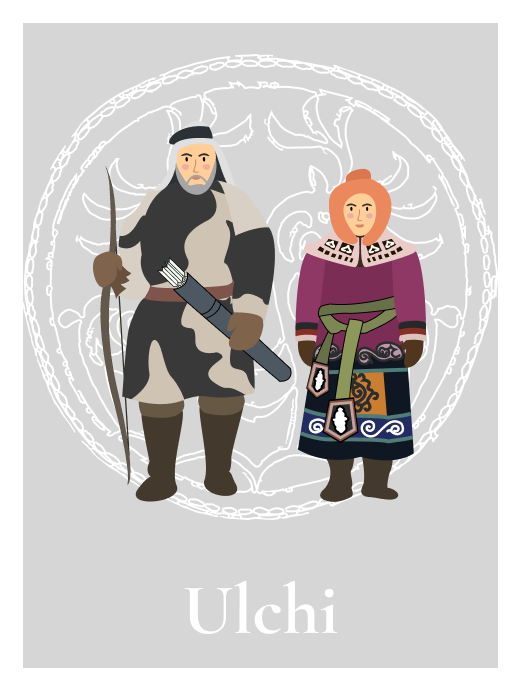

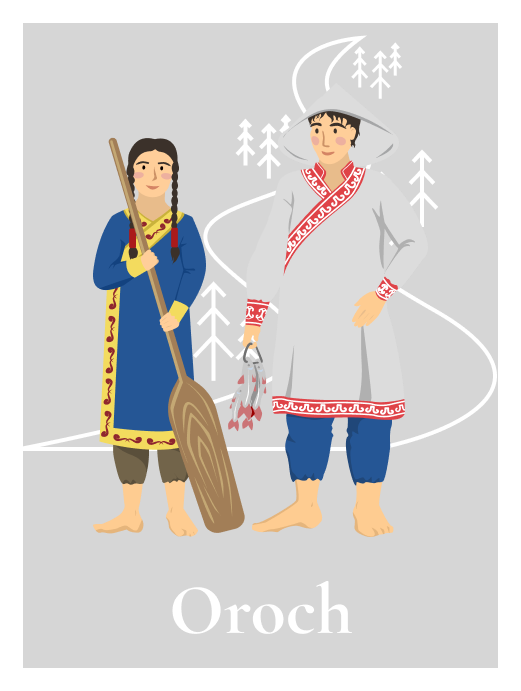
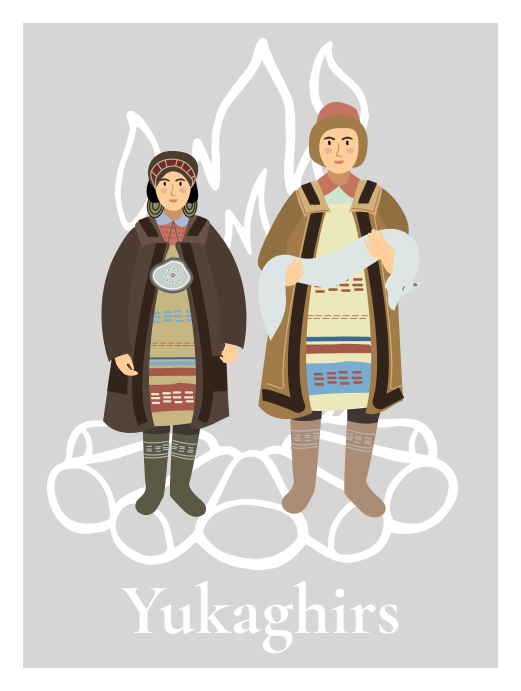
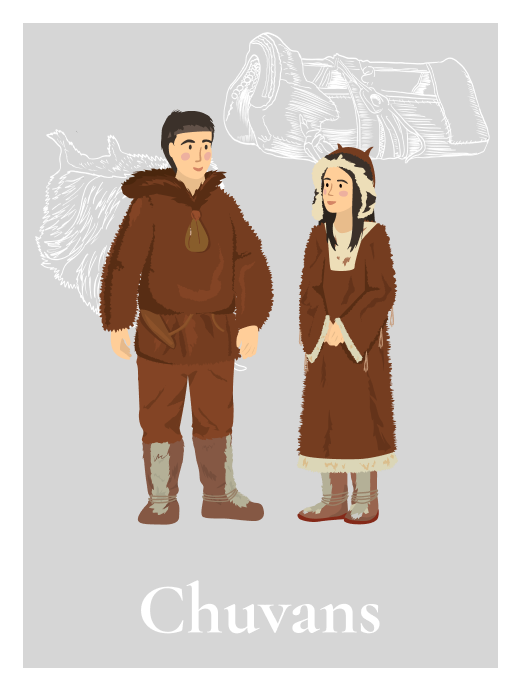

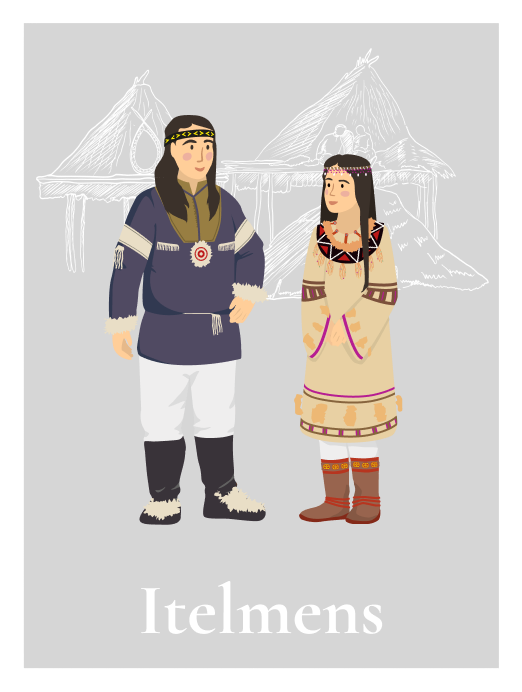
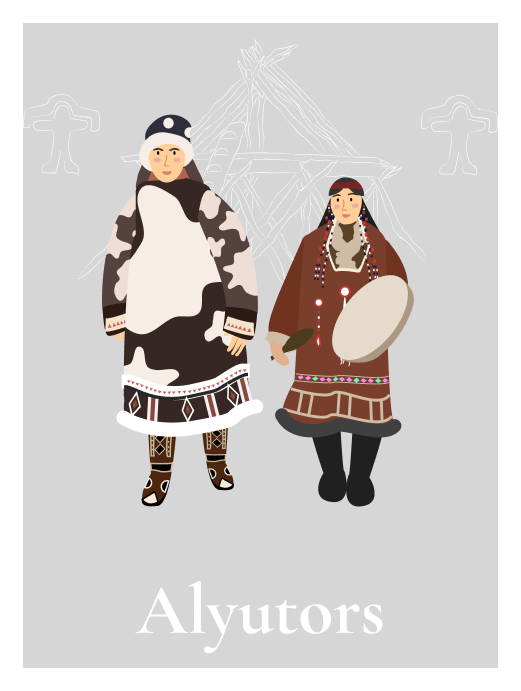
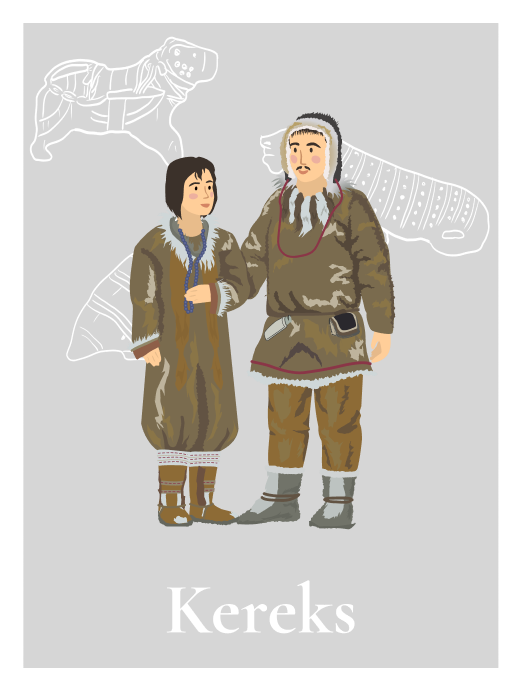


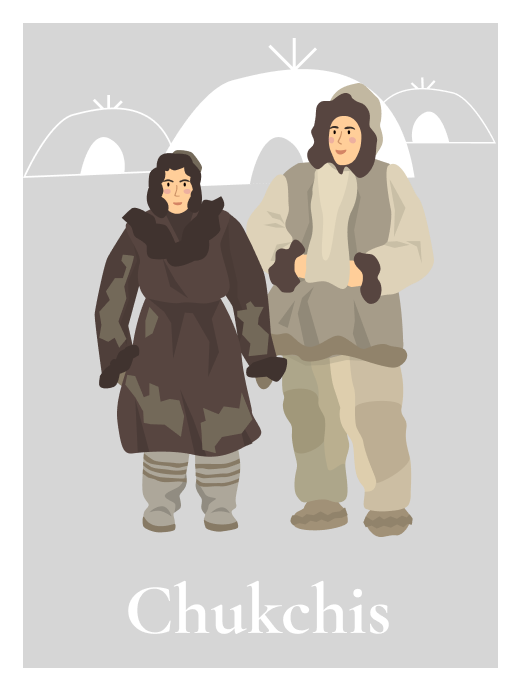
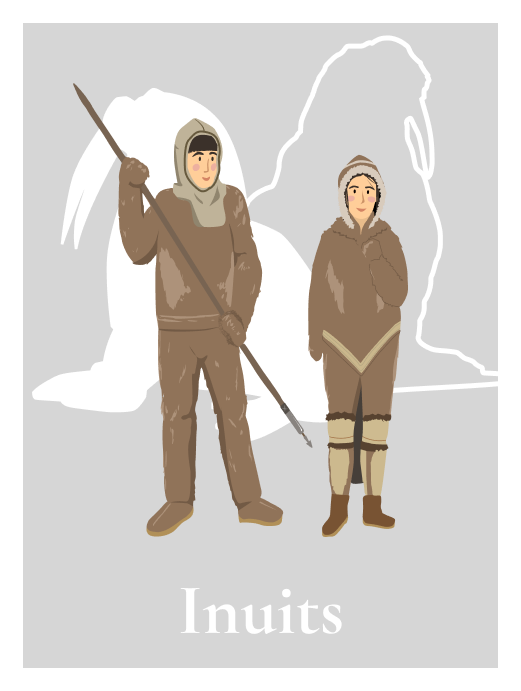
The old Russian names for the Nganasans include Tavgi and Tavgians, which come from the Nenets word Tavs (Tavgi Samoyeds). The Enets' name is Tau, derived from their area of residence. They are called Avam Samoyeds and Vadeyev Nganasans or the Avam and Vadeyev Tavgi. Nganasan is an artificial ethnonym created by the Soviet linguist and ethnographer Georgy N. Prokofiev. It means “a real person” (similar to the Chukchi’s Luoravetlan). The books written by Andrey A. Popov perfectly illustrate the change in ethnonyms. The 1936 edition was titled The Tavgi, and the 1948 edition was titled Nganasans.
Economically, the region is dominated by Norilsk Nickel, a Russian mining company, the world’s largest producer of nickel and palladium. It is located in the vicinity of Norilsk forming a single urban conglomerate with mining satellite towns Kayerkan, Oganer, and Talnakh. It is mostly populated by the company’s out-of-region personnel.
In addition to pan-Siberian and strictly Arctic concepts of the world and the human being, Nganasans’ cosmogony reflects three large cultural strata: an indigenous one, a Samoyed one, and a Tungus one. The latter two could have morphed significantly among Nganasans and in some ways merged before coming to Nganasans.